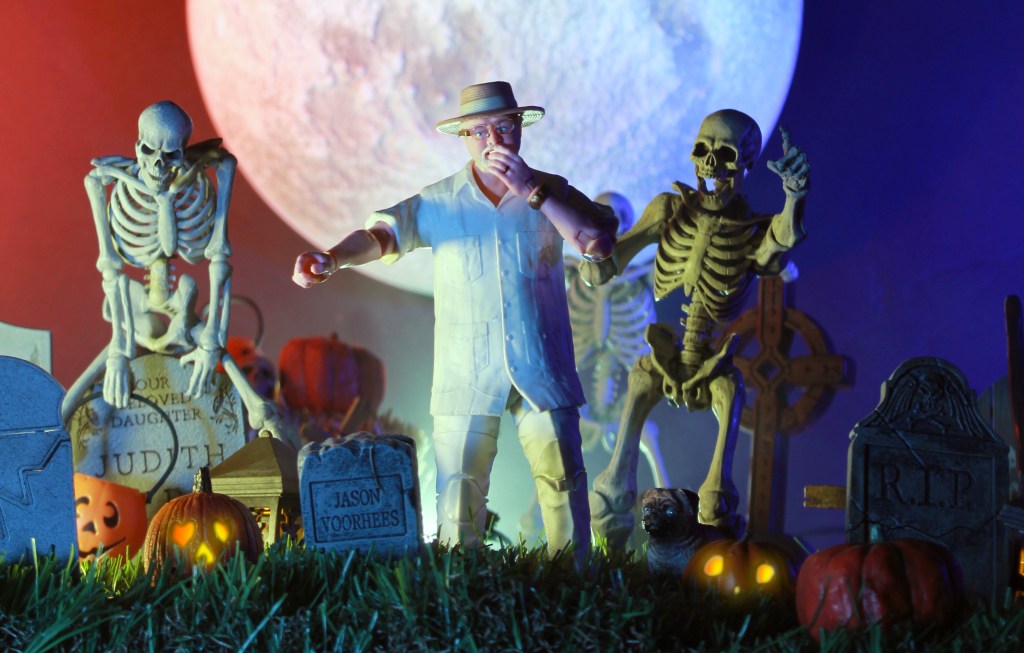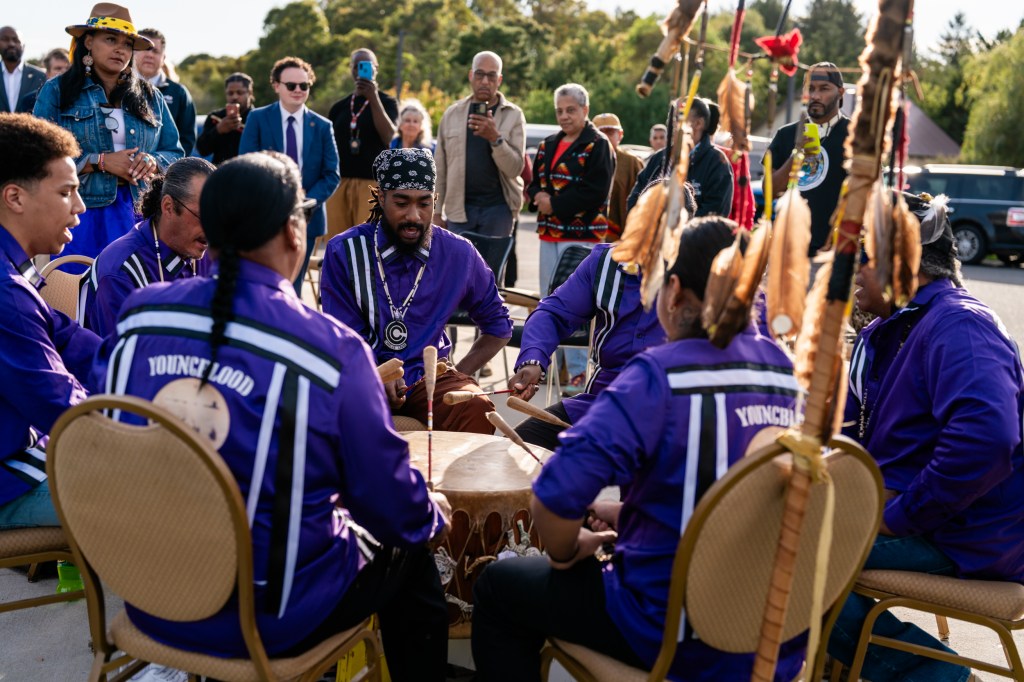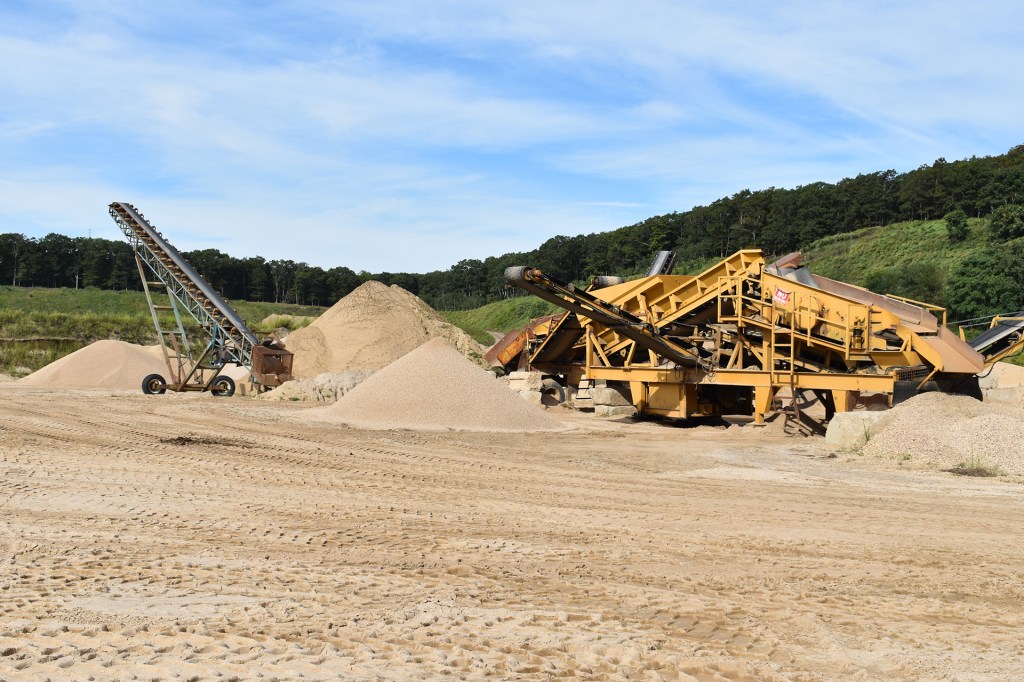Dan's Papers Cover Artist Tobias Haynes

While this week’s cover by artist Toby Haynes features local resident Jean Stiles enjoying the warm weather, the artist is also known for painting a different kind of setting celebrating his home in Cornwall, England. Which goes to prove that Haynes is keenly aware of the environment, no matter where he is. It’s fair to say that this is one of his special strengths: capturing the ambiance of the land, animals and people who occupy the space.
Haynes is best known for his works of farm animals in Cornwall, especially sheep. And for good reason. These particular subjects serve diverse purposes: for example, lambs are prevalent in the Bible and other literary sources. Yet Haynes’ depictions of sheep are not only spiritual and mythological. He also shows them as down-to-earth animals that have been central to human survival.
What was your intention when you painted your friend for the cover?
This represents summer in East Hampton. The piece is mixed media, mostly watercolor, on a very heavy, smooth, hard paper that takes detail well. To convey the lovely, lazy feeling of being inside looking out on a hot sunny day, I originally intended to contain the image within the frame of a window, but found that the insect screen itself provided a more subtle context to interpret the scene. I like to suggest an idea rather than beat people over the head with it. I’m always looking to make some emotional connection, on whatever level.
How did you meet Jean, your cover model, and her husband, David?
When I was building myself a studio in Cornwall, I bought a couple of their books and I sent them photos after “Willow’s Barn” was built. I came over to visit them, and I liked it so much, I keep coming back. I spend nearly half the year in East Hampton and Manhattan now.
How has Cornwall influenced your art?
My cottage in Cornwall is fairly isolated and surrounded by farmland and scattered woods—a far cry from East Hampton, let alone New York City. For the first 17 years, there was no electricity, so the natural rhythms of the seasons were more noticeable than usual in a rural setting. Also, I worked for several years on conservation projects for Britain’s National Trust where there were some even more remote places. Inevitably, that makes one feel part of a landscape rather than just an observer. It’s a less romantic view in a way, but certainly no less deeply rooted.
What meanings do sheep have for you and your art?
The sheep in my field are mythological, but they are also real-life: heavy and muddy creatures. When I do a painting of them, I often make interesting abstractions as patterns on their fleece. Only yesterday I was watching a lamb that had been half-shorn and left looking like some hybrid of predator and prey. I am reminded of the saying, “The wolf shall dwell with the lamb.”
You also do figures, like our cover image. Is that normal for you, too?
Now I am working on landscapes and figures. I like to switch styles, media and subjects.
Can you talk about your poetry?
I have written 700 poems, and I hope to publish a selection at some point. I have won two first place prizes in poetry.
How do your art and poetry relate?
Painting is a bit like poetry, using images in words with awareness of their associations.
See works by Toby Haynes at tobyhaynes.com.










